I’ve looked for a small bending brake for a long time with little success. The hobby grade tools are often too small for quarter-inch scale work. I’ve tried various ways of making long bends with mixed results and I considered making my own bending tool, until I stumbled onto this 18-inch capacity model from Harbor Freight. I’ve looked at this tool before but dismissed it at first because I didn’t think it was precise enough to do the work I wanted. This time however, the sales clerk assured me I could return it for a full refund if it didn’t work out. With little to lose I decided to see what it could do.
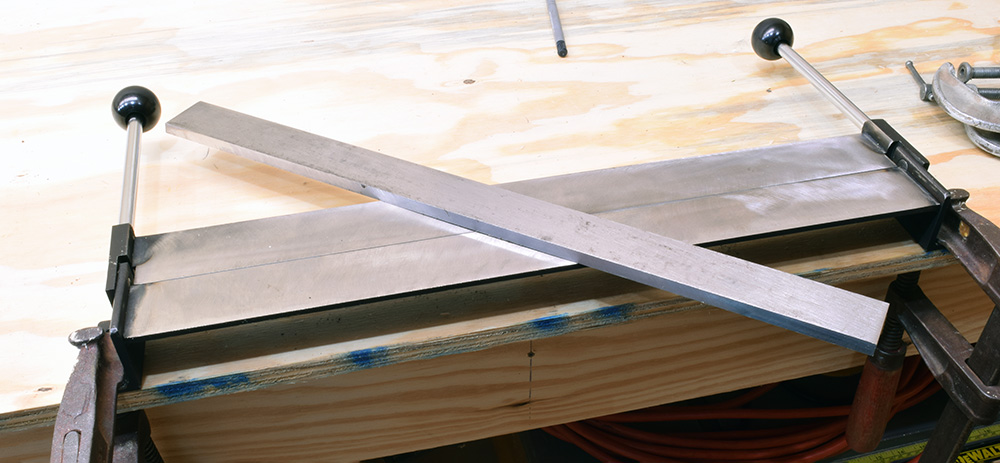
This tool isn’t all it could be. The handles just slot into the holes with a friction fit and the bar has to be positioned manually. In spite of these shortcomings, it’s more than adequate for the work I expect to do with it.
I put the online trash talk aside since I’m working with 0.005 -0.010-inch sheet brass, material well within this tool’s capabilities. My only question was could I make the fine bends, such as a 0.040” flange, that I want? The short answer is yes and I was pleasantly surprised at how clean they were.
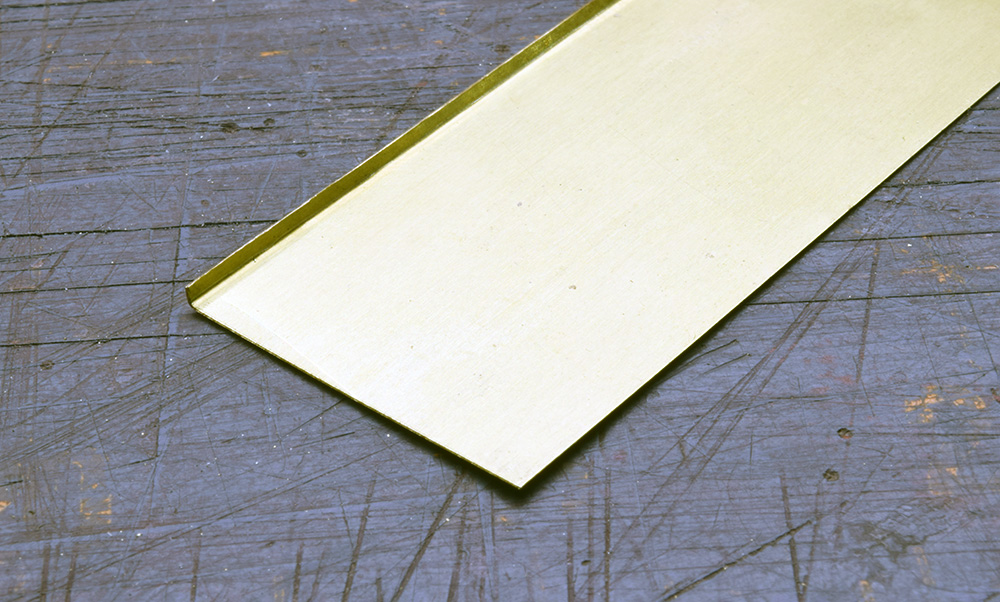
The long answer is a bit different. This tool has its shortcomings. As you see in the first image, the bar that clamps the material in place isn’t attached at all. You have to position and clamp it down before you can bend anything. It can be fussy to line up and secure everything in place but it’s doable as the photo below shows. This is more of an inconvenience than a deal breaker for me. My ideal version of this tool would have the bar attached with a way to quickly and easily clamp it down after aligning the stock.
This bar is also prone to bending if you abuse the tool and mine has a slight bend in it. Again, an inconvenience but these are trade-offs I’m willing to make given I paid under fifty bucks for the thing. With a little extra care in setup, I can achieve the result I want and that’s what matters to me. In addition to the brake I also purchased a pair of seaming pliers. These are ideal for small pieces and produce crisp clean bends. They‘re also handy for fine-tuning longer bends made with the brake. I’m happy to have both tools in the shop.
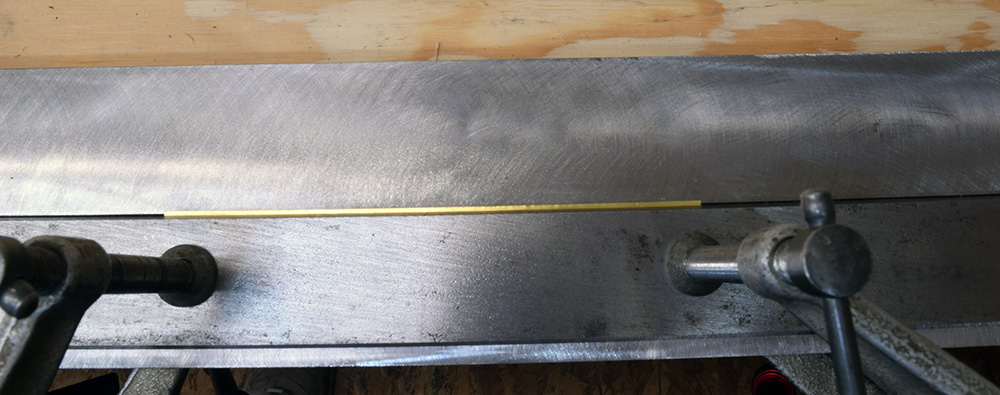
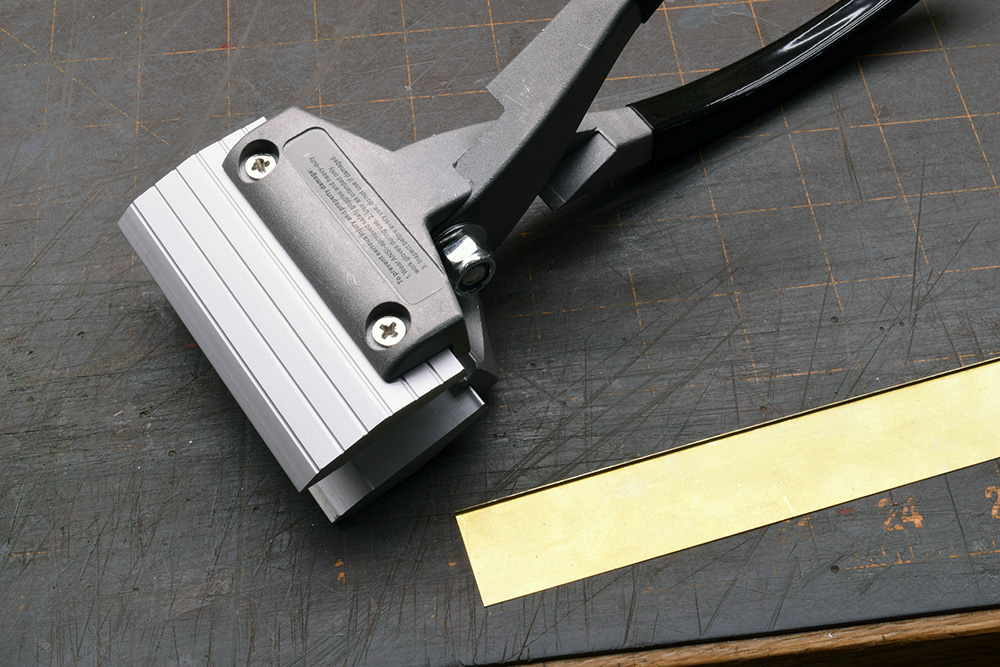
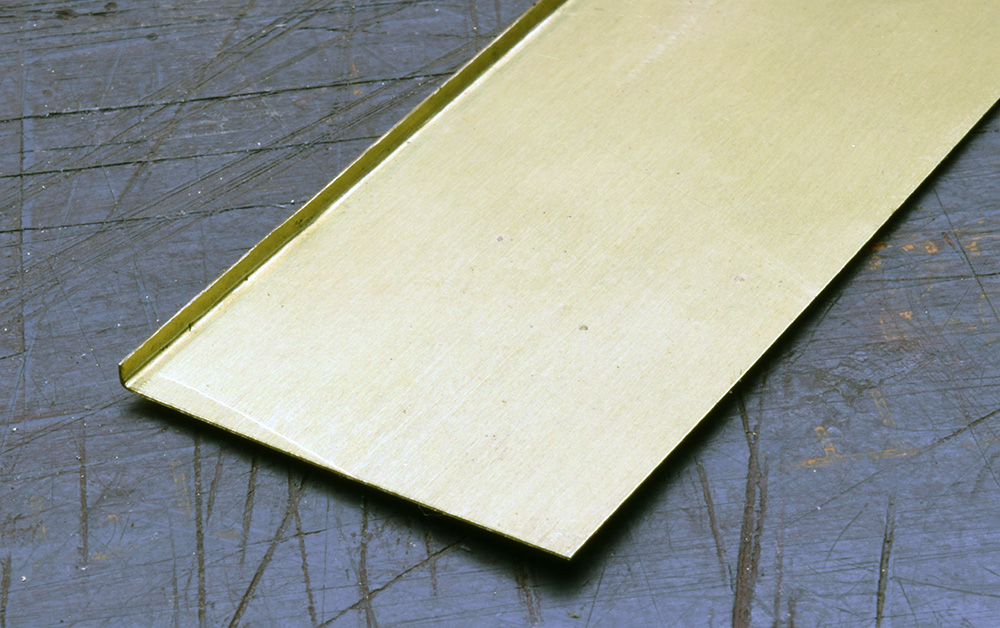
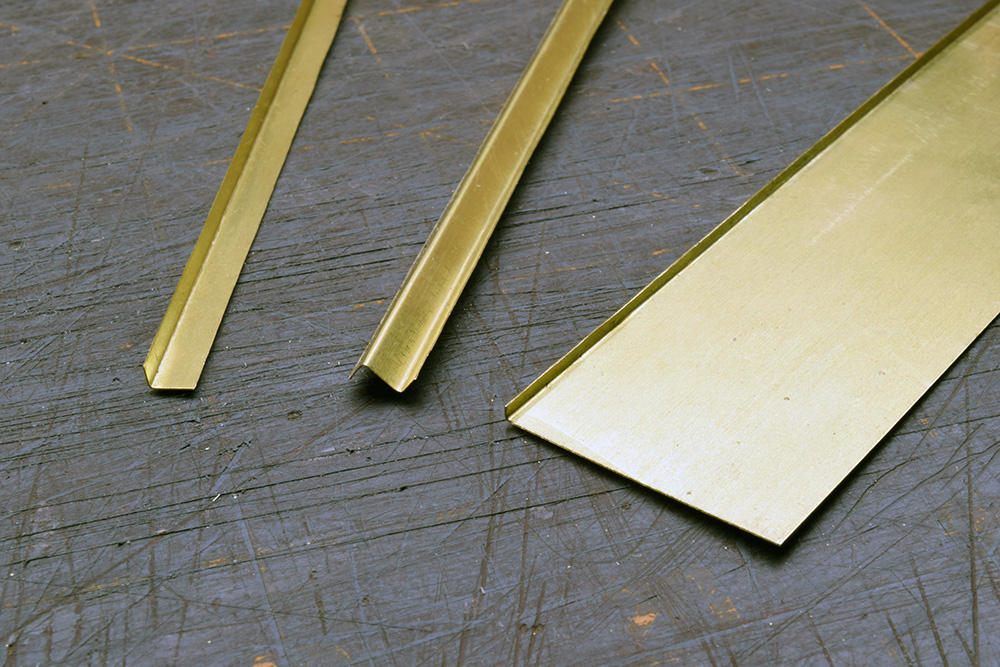
I’m also learning to manage my expectations, especially in quarter-inch scale, with all the utterly stupid compromises the mass-market of this scale inflicts on people. Admittedly, my modeling standards are uncommon. I make no apology for this, as I’m enjoying the craft in a meaningful way. If I want a high level of quality and accuracy, I have to produce it myself. The ability to make my own parts allows me to keep moving forward with the work. I’d rather spend my time at the workbench than tracking down materials online. As always it’s a personal choice. One I’m happy to make.
Regards,
Mike
How are you cutting your brass?
Craig, I usually use a utility knife with replaceable blades for anything up to 0.010 inch. I buy the blades in bulk packs of a hundred at the big box stores. If it’s a long cut, I clamp the stock and straightedge to the bench so nothing moves. Depending on how big the piece needs to be, I also use the small table saw with an abrasive blade to do thick stock like 0.032 inch.
At this point I don’t see getting a metal shear or anything like that. Most of the work I’m doing is pretty small and lightweight.
Mike
Thanks Mike for that info about using a utility blade. I wouldn’t have thought about that.
Do you have a source for the abrasive blade for the mini saw? Once my regular blades are dull, I turn them into metal blades but it’s not a good long term solution.
Micro-Mark probably has what you need Craig. That’s where I got mine.
Mike